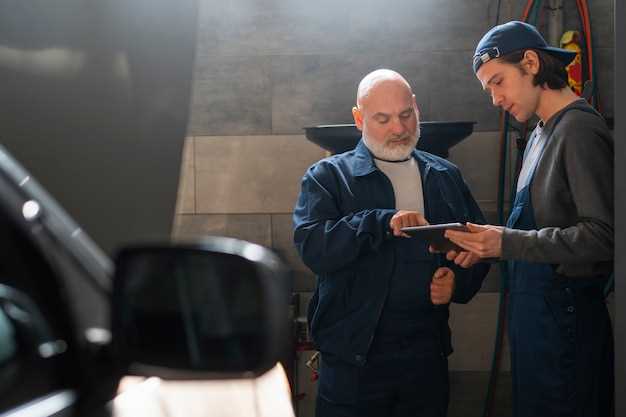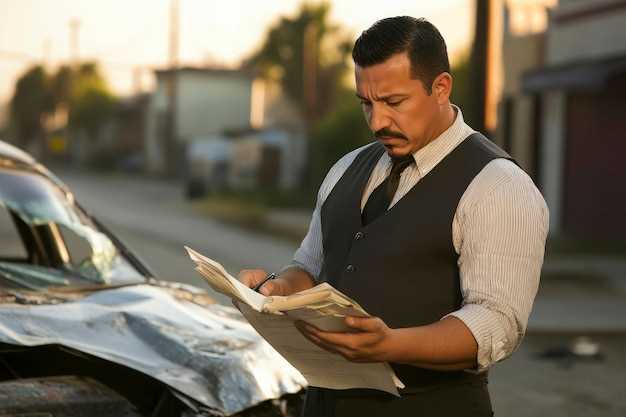
Purchasing a classic car is an exciting venture that comes with its unique set of challenges. Before you finalize your decision, conducting a thorough pre-purchase inspection is essential to ensure that your investment is sound. A classic car can hold historical value and sentimental importance, but without proper evaluation, you may end up facing significant repair costs or, even worse, purchasing a vehicle that doesn’t meet your expectations.
When inspecting a classic car, it is crucial to pay attention to both the aesthetic elements and the mechanical integrity. Look beyond the shiny paint and alluring curves; these vehicles often have hidden problems that only an experienced eye can detect. From assessing the condition of the bodywork to evaluating the state of the engine, each aspect must be carefully scrutinized to avoid costly surprises down the line.
This guide presents a comprehensive approach to inspecting classic cars before you buy. By understanding what to look for and preparing a structured checklist, you can enter negotiations with confidence. Whether you’re a seasoned collector or a first-time buyer, being well-prepared will help you make an informed decision and allow you to enjoy your classic car for years to come.
Evaluating the Body and Frame Integrity
When considering the purchase of a classic car, one of the most critical aspects to examine is the integrity of the body and frame. A thorough check can reveal hidden issues that may cost you significantly down the line. Start by inspecting the body panels for rust, dents, and misalignment. Pay close attention to common rust areas, including wheel arches, undercarriage, and the bottom of door frames. Surface rust can often be treated, but deeper corrosion may indicate structural problems.
Next, assess the overall alignment of the body. Misalignment can suggest previous accidents or poor repairs. Check the gaps between the doors, hood, and trunk. Uneven gaps may signal frame damage. To evaluate the frame, use a level to check for straightness. A distorted frame can impact handling and safety. If possible, use a frame machine to verify the integrity of the chassis.
Additionally, inspect the underbody for any signs of repairs or welding. Look for new paint or inconsistent textures, as these may indicate areas that were previously compromised. Don’t forget to examine the mounting points for suspension components; any weakness here can pose serious risks while driving. Finally, if you are not confident in assessing the body and frame, consider hiring a professional inspector who specializes in classic cars to ensure a comprehensive evaluation.
Checking the Engine and Mechanical Components

When considering a classic car for purchase, one of the most critical aspects to evaluate is the engine and mechanical components. A thorough pre-purchase inspection can save you from future headaches and expenses.
Start by assessing the engine condition. Look for signs of leaks, rust, or corrosion around the engine block and components. An engine that appears clean may have been recently detailed to hide underlying issues. Check the oil; a dark, gritty texture could indicate neglect, whereas a milky substance may suggest a coolant leak.
Next, examine the belts and hoses. Ensure they are in good condition, free of cracks or fraying. Belts that have seen better days can lead to significant engine problems if they break. Hoses should be pliable, not hard or brittle, as this can indicate age and wear.
Inspect the cooling system. Ensure the radiator is free of leaks and check for any signs of rust or damage. A functioning thermostat is essential for maintaining optimal engine temperature, so verify that it operates correctly.
Don’t overlook the transmission. Whether it’s automatic or manual, ensure it shifts smoothly with no slipping or grinding noises. If possible, take the car for a test drive to assess performance under various conditions.
Furthermore, evaluate the suspension and braking system. Bounce the car at each corner; it should respond with a controlled rebound. Inspect the brake lines for leaks and ensure the brake pads have sufficient life left. A well-maintained braking system is vital for safety in classic cars.
Lastly, familiarize yourself with the car’s service history. A well-documented maintenance record can provide insight into how well the vehicle has been cared for. Understanding the car’s past can significantly inform your decision and help gauge the future reliability of the classic vehicle.
Assessing the Interior and Features for Authenticity

When considering the purchase of a classic car, examining the interior and its features is crucial for determining authenticity. Authenticity not only enhances the vehicle’s value but also enriches the ownership experience. First, inspect the upholstery. Original materials should be well-preserved, showing minimal wear. Check for signs of replacement or reupholstering, such as mismatched colors or stitching patterns. Pay particular attention to the dashboard, which should retain its original gauges and controls.
Next, evaluate the functionality of interior components. Ensure that switches, knobs, and buttons operate smoothly. Non-functional features may indicate neglect or could require costly repairs. Look for the presence of original elements, such as the radio or speakers, as these can significantly influence the car’s authenticity. If modifications have been made, they should be reversible to preserve the classic character.
Additionally, investigate the flooring and headliner. Original carpets and mats should fit snugly and reveal little to no signs of fading. A sagging headliner can often point to previous water damage or poor restoration practices. Confirm that the overall layout of the interior matches manufacturer specifications; discrepancies may indicate non-authentic alterations that could detract from the vehicle’s integrity.
Finally, document any alterations during your inspection, and assess how they impact the car’s overall authenticity and value. A classic car that boasts an unmodified interior generally ranks higher among collectors. By carefully assessing these aspects, you can make a more informed decision during your pre-purchase evaluation, ensuring your investment in a classic car is a worthwhile one.


